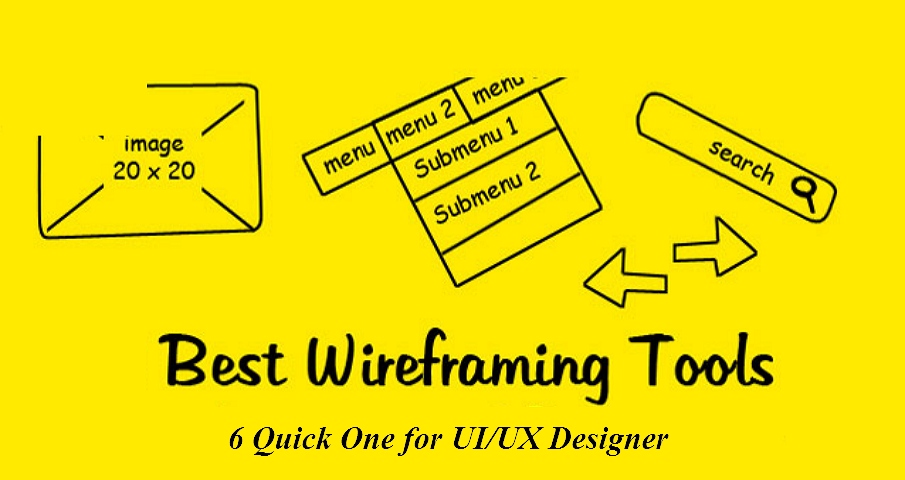
Make it easy to build a library of common design elements and best practices for your company, no matter what it’s working on.
 If you’re working remotely, is it easy to share the prototype and conduct remote testing? Will I need to supplement with other collaborative tools, like one for virtual meetings and screen sharing?Ī design system is a place where you can store reusable components (like buttons, screen animations, branding, and so forth), style guides, code snippets, and more. Can I deploy my prototype to various devices to create a realistic testing experience?. Are the features intuitive and easy to use, or will I be distracted by the tool?. Other questions to consider when evaluating design tools: This way, you can iterate quickly, even as you hone in on the details of your design. This far along, it pays to find a tool (or set of tools) that allows for collaboration, feedback, and if possible, testing. Using these tools and sharing your mockups can be a process in itself. Animation can convey function (like a spinning wheel to communicate an app is processing information), engagement (like elements moving across the screen as the user scrolls), or a combination of the two. This is an advanced design element that often comes later in the design process. Prototyping tools also focus more on detailed, advanced design elements like colors and fonts.Ĭreating movement within a prototype or actual app or web page. These often come after wireframes, giving stakeholders a combination of what the app or web page looks like, and how users interact with said app or web page. However, some wireframing tools let you add visual elements to support rapid prototyping (more on that in the next section).īuilding interactive, mock apps or web pages. Wireframing focuses on function (how the app or web page layout works) rather than visual design. They also convey the overall direction of a user interface. Type of Toolīuilding layouts, or wireframes, meant to communicate the structure of an app or web page. This list enables you get familiar with the essentials and how they help you on your app design journey. Some even bring certain design functions together. There are many design tools out there that focus on specific functions. Know the Different Design Tools and What They’re Used For Now, it’s time to find the right tool(s) for the job. Now that you’ve gone through research, sketch sessions, and multiple rounds of feedback, you already have a better understanding of what you need to bring your prototype to life. Follow rapid prototyping best practices.
If you’re working remotely, is it easy to share the prototype and conduct remote testing? Will I need to supplement with other collaborative tools, like one for virtual meetings and screen sharing?Ī design system is a place where you can store reusable components (like buttons, screen animations, branding, and so forth), style guides, code snippets, and more. Can I deploy my prototype to various devices to create a realistic testing experience?. Are the features intuitive and easy to use, or will I be distracted by the tool?. Other questions to consider when evaluating design tools: This way, you can iterate quickly, even as you hone in on the details of your design. This far along, it pays to find a tool (or set of tools) that allows for collaboration, feedback, and if possible, testing. Using these tools and sharing your mockups can be a process in itself. Animation can convey function (like a spinning wheel to communicate an app is processing information), engagement (like elements moving across the screen as the user scrolls), or a combination of the two. This is an advanced design element that often comes later in the design process. Prototyping tools also focus more on detailed, advanced design elements like colors and fonts.Ĭreating movement within a prototype or actual app or web page. These often come after wireframes, giving stakeholders a combination of what the app or web page looks like, and how users interact with said app or web page. However, some wireframing tools let you add visual elements to support rapid prototyping (more on that in the next section).īuilding interactive, mock apps or web pages. Wireframing focuses on function (how the app or web page layout works) rather than visual design. They also convey the overall direction of a user interface. Type of Toolīuilding layouts, or wireframes, meant to communicate the structure of an app or web page. This list enables you get familiar with the essentials and how they help you on your app design journey. Some even bring certain design functions together. There are many design tools out there that focus on specific functions. Know the Different Design Tools and What They’re Used For Now, it’s time to find the right tool(s) for the job. Now that you’ve gone through research, sketch sessions, and multiple rounds of feedback, you already have a better understanding of what you need to bring your prototype to life. Follow rapid prototyping best practices. 
Explain the difference between low-, mid-, and high-fidelity prototypes.Research design tools based on your needs.After completing this unit, you’ll be able to:






 0 kommentar(er)
0 kommentar(er)
